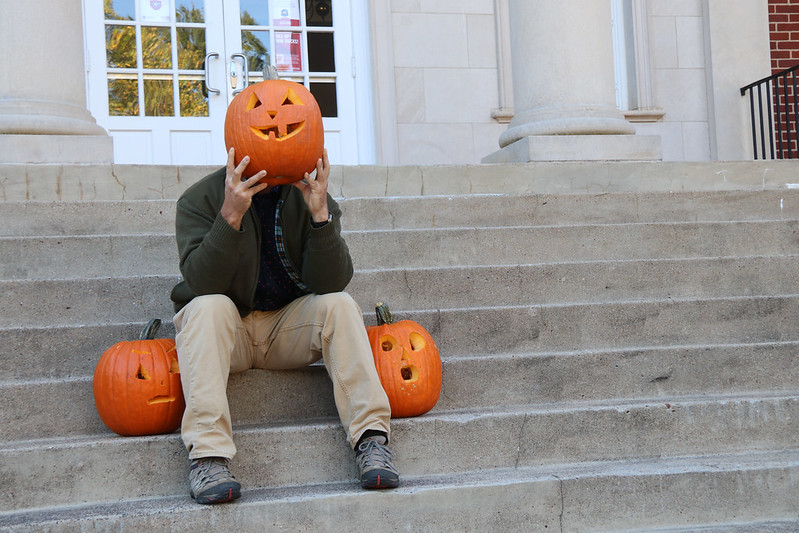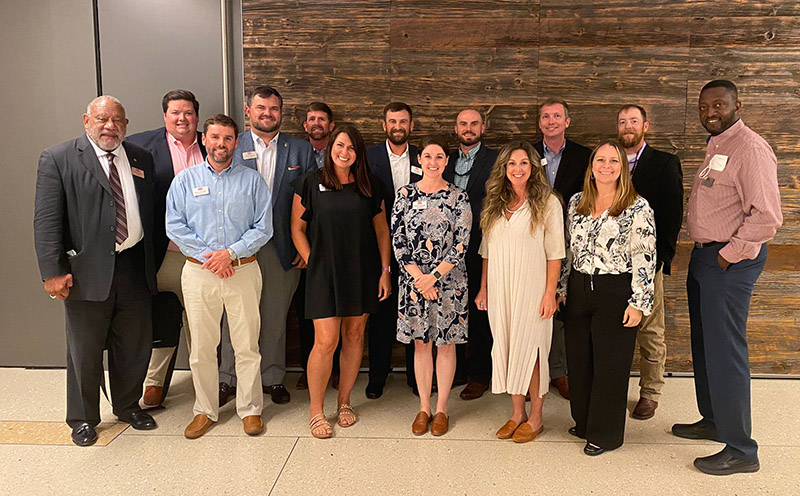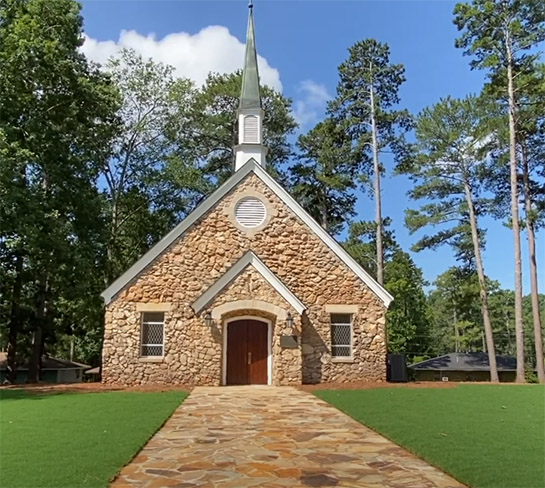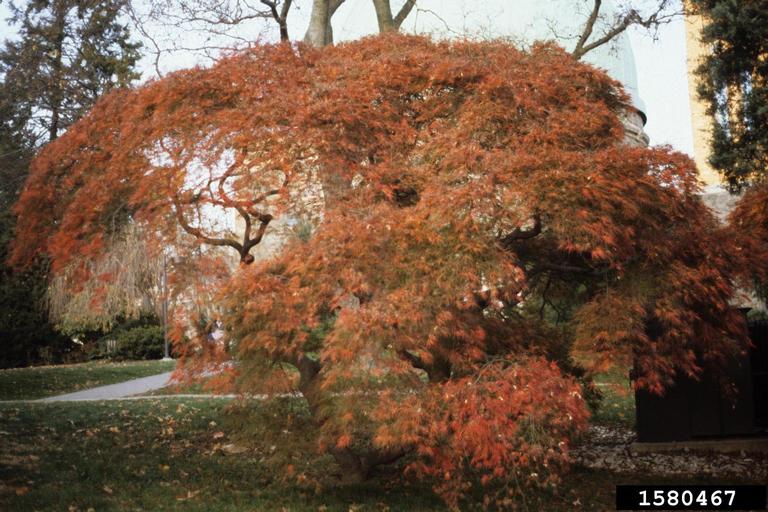 CAES News
CAES News
Pumpkin carving gone green
Every year after the autumn holidays, more than 1 billion pounds of pumpkins are thrown away. National Pumpkin Day, Oct. 26, kicks off a week of multiplying cucurbit decor, so celebrate this year by learning how to dispose of your pumpkins in a more sustainable way.


.png)
.png)




